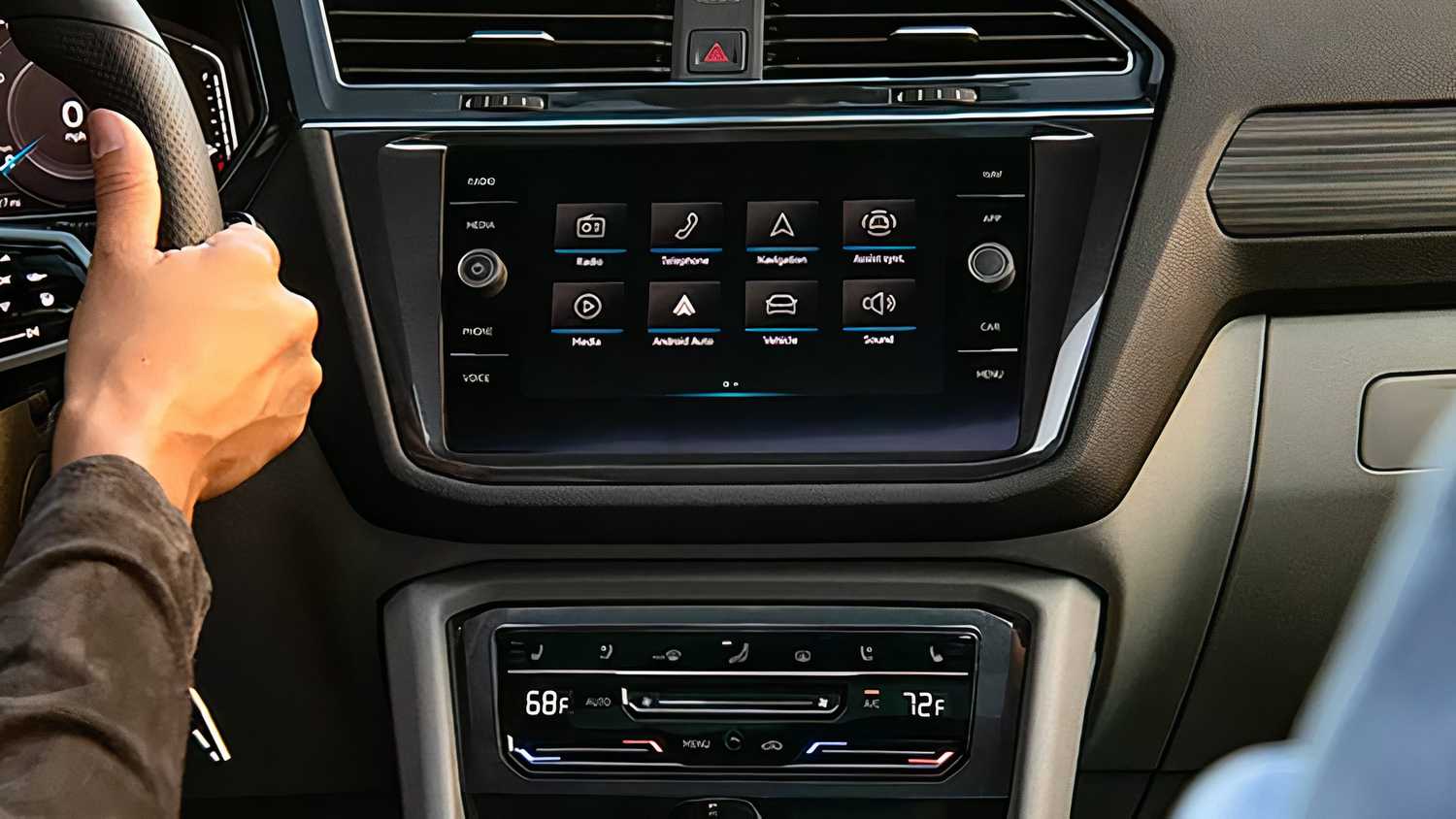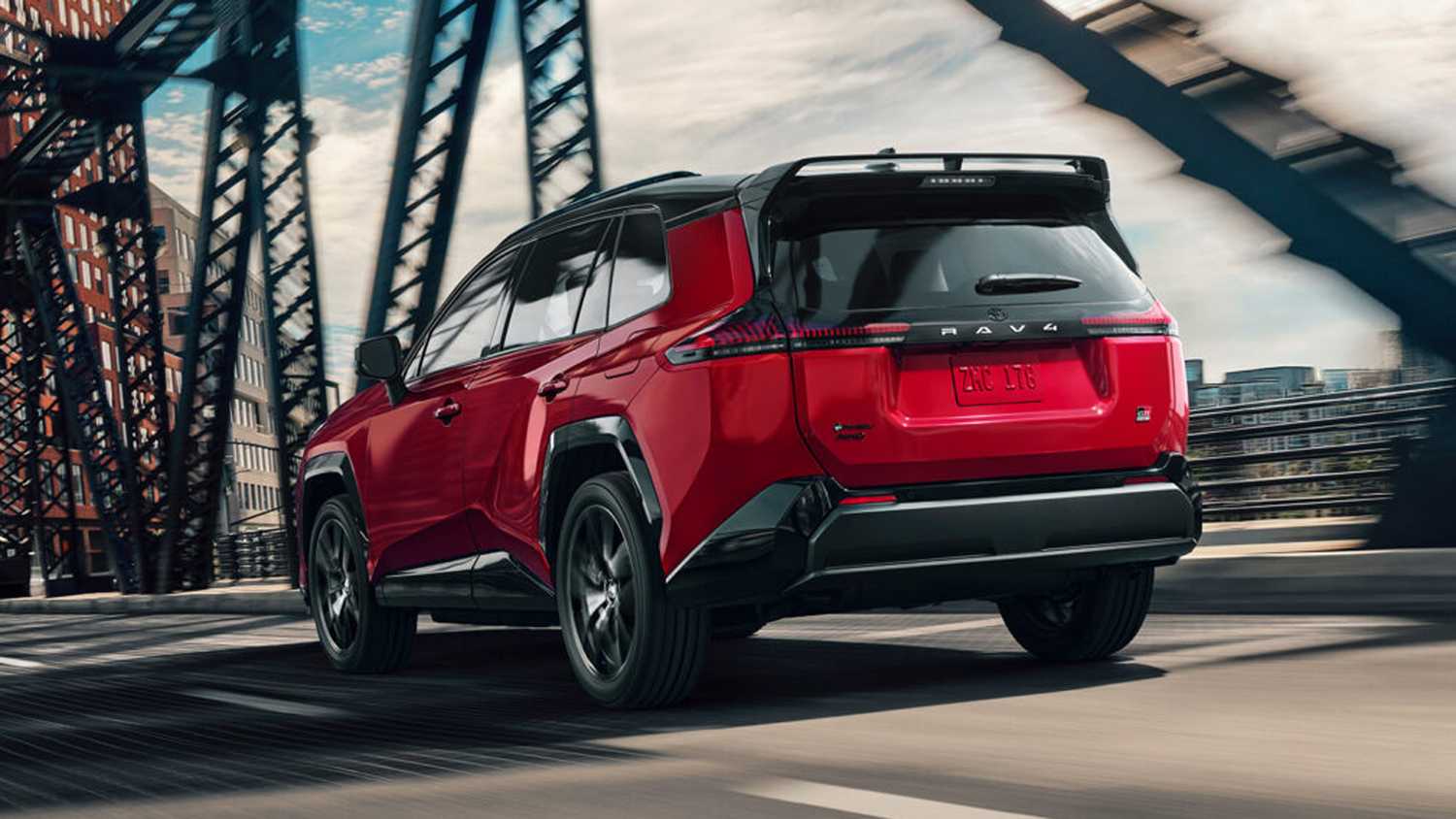Some myths about cars and driving are wrong, but mostly harmless. For example, some people believe you need to warm up your engine on a cold morning before driving, or that keeping your car idling for a few minutes uses less fuel than turning it off and on again. While these aren’t true, the only real damage is to your wallet.
But other myths are not only false — they can be downright dangerous. Here are four of those myths, plus a bonus one that might not hurt you, but could definitely take a toll on your personal sense of style.
Keep your hands on the 10 and 2 o’clock positions on the steering wheel
Wrong for two reasons, both dangerous
Generations ago, before cars had power steering and needed larger steering wheels, holding the steering wheel at the ’10 and 2′ position was taught because it was believed to give more leverage and better control. This idea is still in vogue, perhaps because teaching someone to drive is a generational activity, and this idea was passed from parent to child over time.
Today we believe that holding the wheel at the ‘3 and 9’ position gives greater control, as well as reducing the chance of the hands crossing the center line when turning the wheel. This is true, but there is another danger lurking in your steering wheel itself.
Steering wheel airbags and the risk of degloving injury
Your car has an airbag in the middle of the steering wheel that will deploy at over 180 mph during a crash, even at a moderate speed. While it can save your life, it can also cause severe injury if it hits you during deployment. When your hands are at 10 and 2, they, and your forearms, are closer to the center of the wheel than the 3 and 9 position. This gets worse if the collision happens while you are turning the wheel.
The injuries to your hands or forearms are typically called degloving, and please don’t google this. You will become a pedestrian. Some say even the ‘3 and 9’ position is too dangerous, and we should hold the wheel at the ‘8 and 4’ position. This, however, gives less control, so stick to the ‘3 and 9,’ but keep your thumbs on top of the wheel.
Using your phone hands-free while driving is safe
Just because it’s legal doesn’t make it safe
Some people can multitask, and some cannot. But even the greatest multitaskers meet their match using a cell phone during driving, especially for texting. It was quickly declared illegal to do so, and soon after, we all had voice-control, hands-free freedom to call and text while we were driving. In most places, this is legal.
But legality does not make a thing safe. Smoking is legal, rock-climbing is legal, and petting someone’s reactive dog is also legal. When you are legally having a phone conversation or texting while driving, your attention is divided between watching the road and cars around you, and the phone. Total hands-free safety is a myth.
Driving under the speed limit on the highway is safer
Don’t be that person
We know the lower the speed during a collision, the less severe the consequences. So there is a myth that the slower you drive, especially on a highway, the safer you are. This theory would hold if you were the only car on the highway, but you never are, and that is where the problem comes in.
When everyone on the highway is going at 55 mph, the relative position between cars is static. Nobody will get closer to the car in front, and the car behind will keep its distance. When you suddenly introduce one car that drives at 45 mph, the static safety is disturbed. Cars wanting to drive at 55 mph have to brake for the slower car, which causes a chain reaction behind them. Drivers will start taking chances to get around the slow car, causing even more upheaval.
And you, thinking you are safe at 45 mph, will be at the center of this flurry of chaos, and therefore more likely to be involved in any accident you cause by driving slower than the rest. The same principle applies to those who stick to the speed limit in the fast lane.
4WD or AWD always keeps you safe
Never a substitute for common sense
A four-wheel-drive (FWD) vehicle has the ability to traverse rough, uneven, slippery, or very steep terrain. More cars today have all-wheel-drive (AWD), which gives traction to all four wheels permanently or when the road conditions require more grip. This leads to a false sense of security, and that is very dangerous. Those driving 4WDs think they can drive anywhere, and those with AWD increasingly believe it’s the same as 4WD, and so they can also drive anywhere.
While both these systems increase the amount of traction on slippery or uneven surfaces, neither will save you if you hit an icy patch on a corner, or runoff water on the highway. The myth is that double the grip will always keep you safe, while the reality is that the only way to keep yourself safe is to always use your common sense.
Driving a red car costs more
Not dangerous, but a myth that has to go
Insurance on a red car costs more than any other color. Cops will pull you over just because your car is red. Why? Because many fast cars are red. Ferraris are usually red, as are many Porsches and Mustangs. So will buying a red Corolla will set you apart as a road demon in the eyes of the insurance industry, as well as the police?
Not true. Your insurance rate is not determined by the color of your car, but by factors like car make, model, engine size, and price. The general cost of repairing this kind of car, and its statistical safety record also come into play. Some cars are more likely to be stolen, and insurers will also look at the age and driving record of the driver.
Cops care less about the color of your car than how you drive it. If you are speeding or weaving, or jump a red light, they will pull you over whatever color car you are in.
Trending Products

Wireless Keyboard and Mouse Combo, ...

Lenovo New 15.6″ Laptop, Inte...

Dell Inspiron 15 3520 15.6″ F...

Acer Nitro KG241Y Sbiip 23.8” Ful...

Wireless Keyboard and Mouse Combo, ...

Zalman i3 NEO ATX Mid Tower Gaming ...

GAMDIAS ATX Mid Tower Gaming Comput...

Sceptre Curved 24-inch Gaming Monit...

Acer SH242Y Ebmihx 23.8″ FHD ...










